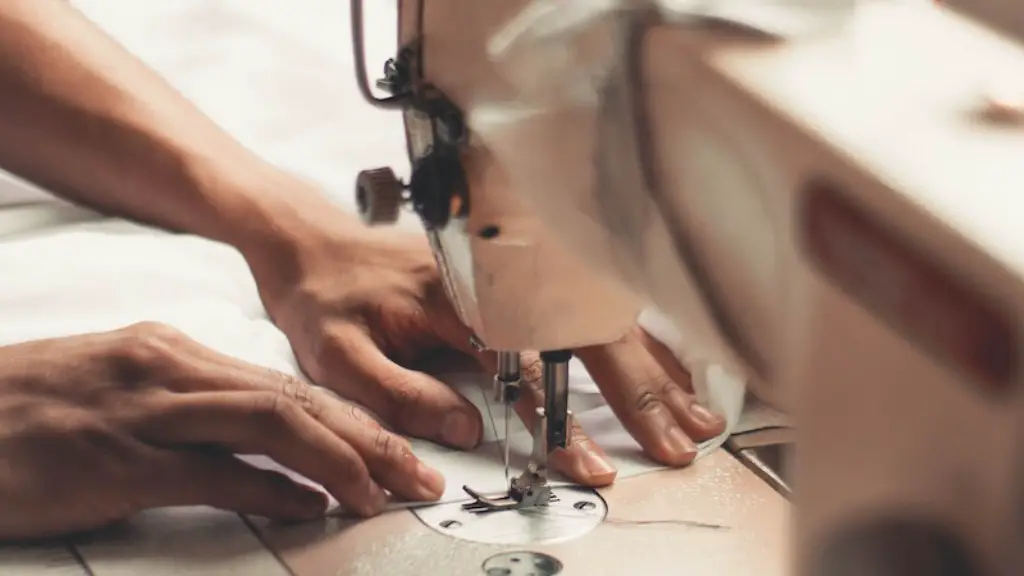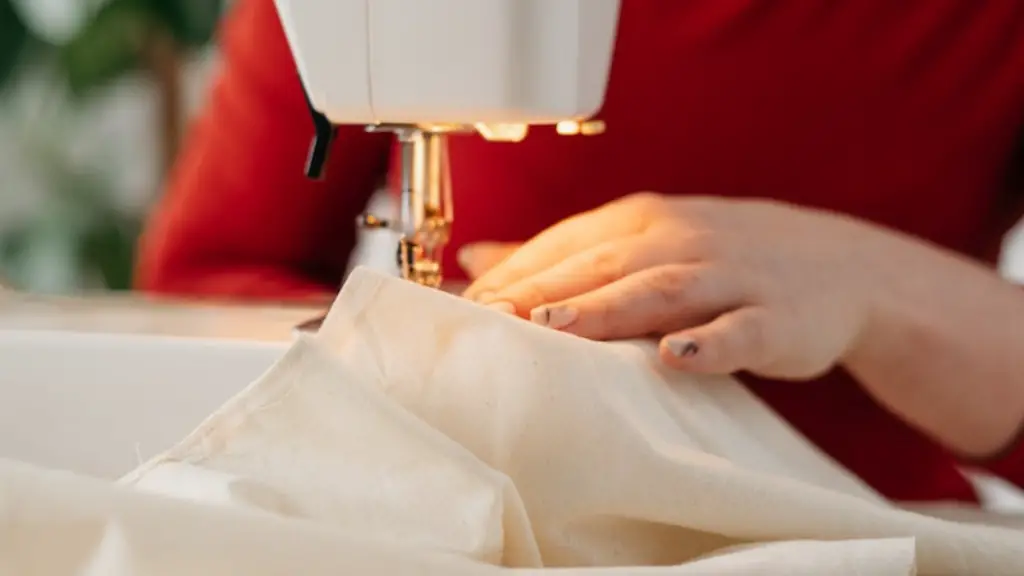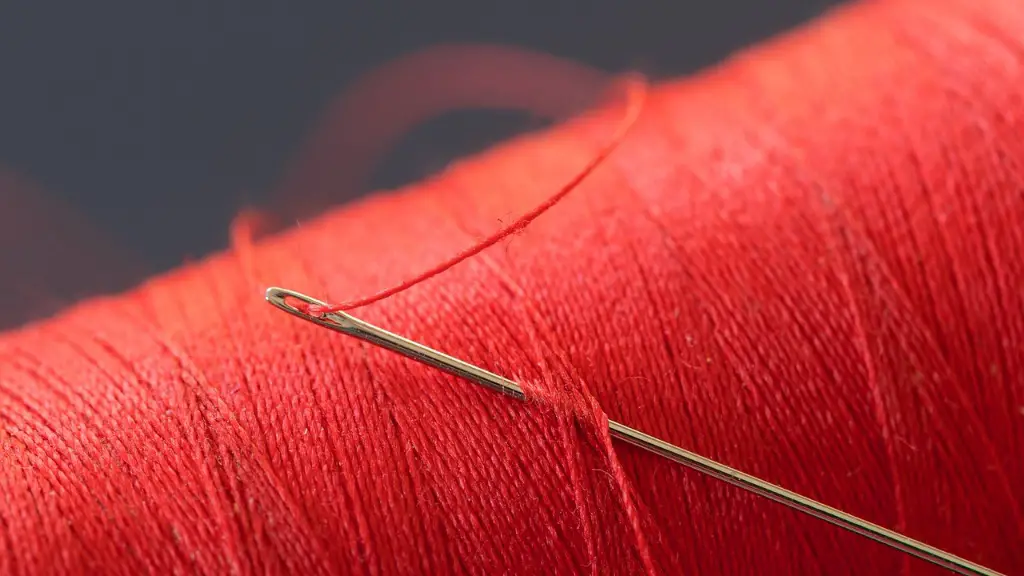Recycling is becoming more important as the world faces a growing population and resources are limited. Sewing machines have been around since the 18th century and many people rely on them for creating clothes and other items for daily use. Recycling a sewing machine can be beneficial for the environment and for reducing waste.
When recycling a sewing machine, it’s important to consider whether the machine is still functioning. If the sewing machine still works, it may be possible to donate it to a charity or to someone who needs it. If the machine isn’t functioning, it can still be recycled for parts or other materials. Depending on where you live, it may be possible to find a company that recycles sewing machines.
When recycling a sewing machine, it’s important to break it down into its components. Remove any metal parts that can be reused. Some components, such as the motor and the frame, can be recycled and repurposed. The fabric and plastics that are part of the machine can also be recycled in some areas.
It’s also important to ensure that the sewing machine is properly cleaned before attempting to recycle it. Remove any thread, fabric, or other debris that is caught in the machine. Carefully disassemble it and remove any rust or corrosion. This will help ensure that the recycled materials are of the highest quality.
The recycling process for sewing machines can vary depending on where you live. In some areas, it may be possible to find a recycling center that specializes in recycling sewing machines. It’s important to call ahead and find out what materials they can accept and what processes they use. In some cases, it may also be possible to find a recycling center that offers pick-up services.
Recycling a sewing machine can also have a positive impact on the environment. When a sewing machine is recycled, it reduces the amount of waste that would otherwise end up in a landfill or in the ocean. By recycling the parts of the machine, it’s possible to create new products that can be used for a variety of purposes.
Recycling a sewing machine can also help reduce costs. By recycling the components, it’s possible to create new items without having to purchase them from a store. Recycling a sewing machine can also help to keep the materials out of landfills and help to reduce the ecological footprint.
End of Life Recycling
When considering end of life recycling, it’s important to make sure that all of the components that can be recycled are separated out. Any fabric or plastic components should be separated out and sent to different recycling centers. It’s also important to check with local recycling centers to see what materials they accept and what processes they use to recycle them.
In some cases, it may be possible to search online for companies that specialize in end of life recycling. These companies will accept any items that are no longer usable and they may have special processes that they use to ensure that the items are recycled properly. It’s important to make sure that the company is reputable and trustworthy before sending items off to them.
End of life recycling is an important process for those looking to reduce their environmental impact. Recycling a sewing machine can help to keep materials out of the landfill and help to create new products that can be used for a variety of purposes.
Reusing Sewing Machines
When considering recycling a sewing machine, it’s important to consider if the machine is still functioning. If the sewing machine still works, it may be possible to donate it to a charity or to someone who needs it. This can help to ensure that the sewing machine is still used, rather than thrown away.
In some cases, it may also be possible to find a company or shop that refurbishes sewing machines. These companies can take a machine that is no longer working and make it operational again. They can also upgrade the components, such as adding a digital display, for example.
Refurbishing a sewing machine is a great way to help reduce waste and to ensure that the machine is still used. It’s also an economical way to find a sewing machine that still functions well, since it can usually be done at a fraction of the cost of buying a new machine.
If refurbishing isn’t an option, it may also be possible to find a company or shop that deals in used sewing machines. These companies typically offer machines that are still in working condition and can be a great way to find a sewing machine at an affordable price.
Repurposing Sewing Machines
When considering recycling a sewing machine, it’s important to consider alternative uses for the parts. Many of the components, such as the metal and plastic, can be repurposed for other uses. For example, the metal components could be used to construct furniture or sculptures. The plastic components could be melted down and used to create a variety of items, such as kitchen utensils or 3D printer filament.
It’s also possible to repurpose the fabric from a sewing machine. The fabric can be washed and used in upholstery projects or for patchwork and quilting. This can be a great way to repurpose materials and to reduce landfill waste.
Repurposing a sewing machine is a great way to get creative and to upcycle materials that would otherwise end up in a landfill. It’s also possible to donate the repurposed materials to a charity or to someone who needs them.
Disposing of Sewing Machines
When considering recycling a sewing machine, it’s important to consider the disposal process. It’s important to make sure that the components are separated and that any materials that can be recycled are sent to a recycling center. It’s also important to make sure that any hazardous materials, such as oils or lubricants, are disposed of properly.
In some cases, it may be necessary to send the components off to a specialist for proper disposal. It’s important to make sure that the components are handled responsibly, to prevent any hazardous materials from entering the environment. It’s also important to make sure that any components that can be recycled are sent to a recycling center.
Disposing of a sewing machine can be a complex process, but it’s important to make sure that it’s done properly. By making sure that the components are separated and that any hazardous materials are handled responsibly, it’s possible to ensure that the machine is recycled properly.
Finding Professional Assistance
The process of recycling a sewing machine can be complex and it’s important to make sure that the job is done properly. Professional assistance may be necessary in some cases, especially if the process involves hazardous materials or special processes. It’s important to make sure that the company that is hired is trustworthy and reputable.
It’s also important to make sure that the company understands the regulations and laws in the area. Many areas have specific regulations when it comes to recycling and it’s important to make sure that the company is aware of these regulations.
Finding a professional company that specializes in recycling sewing machines can help to ensure that the job is done properly. It’s also possible to search online for companies that specialize in recycling, to make sure that the job is done properly.
Recycling a sewing machine can be beneficial for the environment and for reducing waste. By considering end of life recycling, reusing the machine, repurposing the parts, and finding professional assistance, it’s possible to ensure that the process is done properly and that the machine is recycled responsibly.





